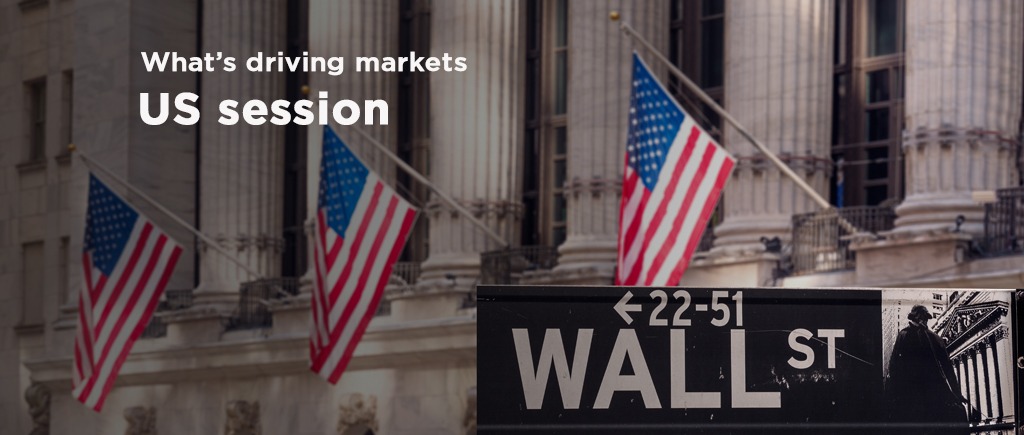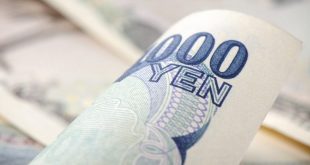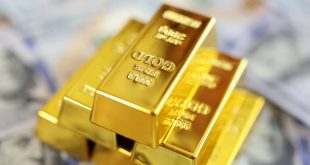Risk-aversion came back benefitting the US dollar that is widely considered as a safe haven. US-Sino tensions arose on the arrival of US House Speaker Nancy Pelosi to Taiwan. Pelosi supports the local government against China’s will.
Crude oil prices, on the other hand, recovered some ground and the barrel of WTI currently stands at $94.30. Commodity-linked currencies weakened against the dollar in the American session amid the sour tone of Wall Street. AUD/USD trades near a relevant low of 0.6911, while USD/CAD stands at around 1.2850.
Economic Data
The total of US employment vacancies fell to about 10.7 million through the last day of June. Even with the sharp decline, there were still 1.8 open jobs per available worker. Fed officials watch the JOLTS numbers closely as they assess the future path of the labour market and how that might influence interest rates.
Other Developments
Demand for the US dollar temporarily eased early in the American session but resumed following comments from US Fed officials. Chicago Fed Charles Evans noted that inflationary pressures may be broadening out and that the jobless rate could increase to around 4.25%, but considered reasonable a 50 bps rate hike in September.
Loretta Mester, on the other hand, said she does not think the country is suffering a recession, adding that the labour market is in great shape. On inflation, however, she noted that it has not decreased “at all.”
The EUR/USD pair fell to 1.0170, settling some pips above the latter. The GBP/USD pair also settled in the red after a failed attempt to regain the 1.2200 threshold.
The dollar also appreciated against safe-haven rivals. USD/CHF trades around 0.9560 while USD/JPY is currently at around 132.80. Gold surged to an almost one-month high of $1,787.99, ending the day with modest losses at around $1,768.
US Treasury yields ticked higher. The yield on the 10-year Treasury note currently stands at 2.573%, while that on the 2-year note jumped to 3.07%. The yield curve is now the most inverted since 2000.
Also Read:
Robinhood cutting 23% of jobs, releases Q2 earnings
Starbucks surpasses earnings, revenue estimates
Uber, Caterpillar, JetBlue fall, SunPower rise
EUR/GBP struggles amid risk off mood
Gold trades around $1770, eying $1,800 amid Taiwan’s row
Fed’s Mester Expects Slower US Economic Growth This Year
EUR/USD retreats on risk-aversion as US dollar boosted
USD/CAD jumps as Pelosi lands in Taiwan
 Noor Trends News, Technical Analysis, Educational Tools and Recommendations
Noor Trends News, Technical Analysis, Educational Tools and Recommendations





